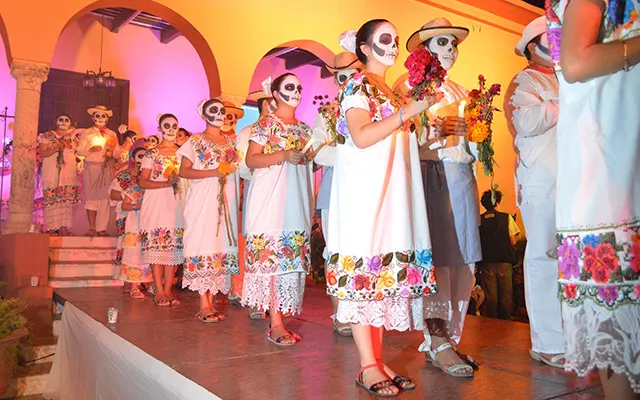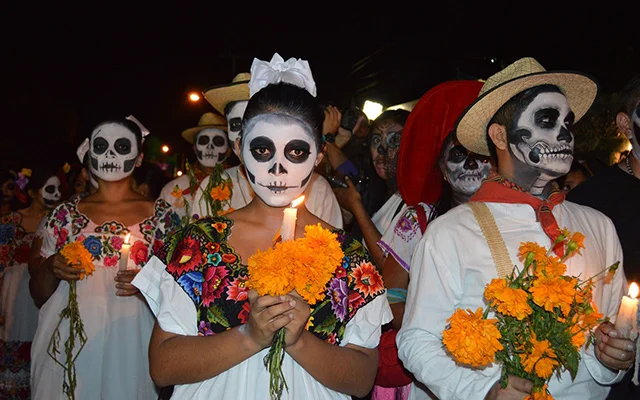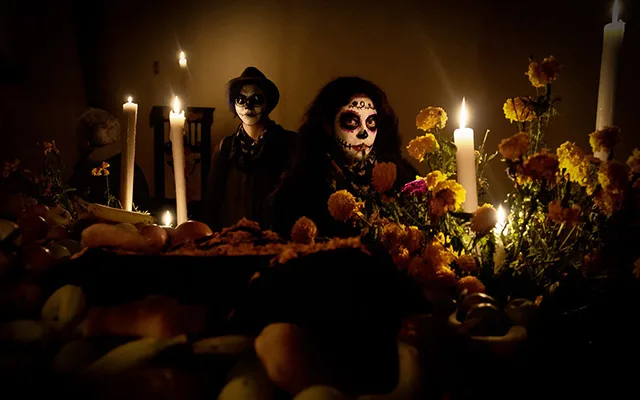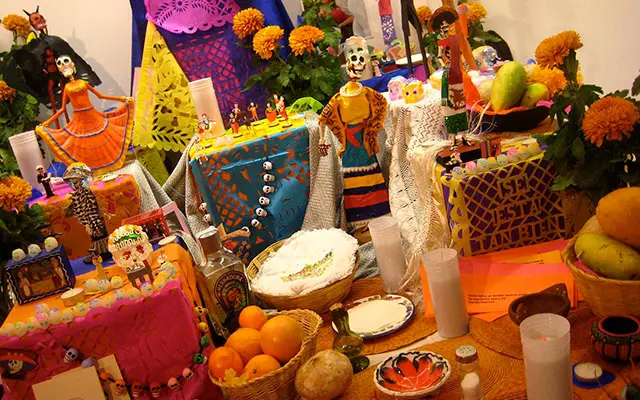Day of the Dead colors and their symbolisation
Find out the significance of colors and symbols, like skulls or other objects, used as honoring items at famous Mexican festival.
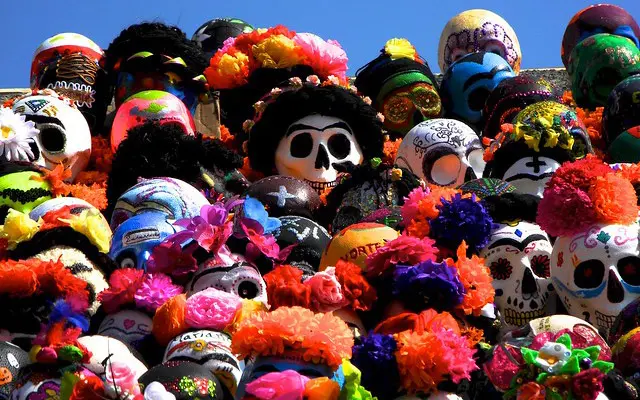
Mainly used colors and their symbolisations
The Day of the Dead is the definition of a joyful and colorful celebration in Mexican culture. It is a festival commemorating the deceased and honoring the spirits that left the material world and even if this concept may bring some gloomy connotations to the outsiders, the core meaning of the feast celebrates life to the greatest extent.
Yellow
It represents the light and the dead. According to the Aztec tradition the light guides the spirits on their long trip from the underworld while the yellow marigolds symbolize the death.
Orange
It represents the sun and since it comes from another version of the Mexican marigold, it also contains the connotation of a compass that leads the souls of the dead to the material world.
Purple
It includes the implications of pain, suffering and grief. It is a later influence of Catholic Christianity where purple is the color of mourning and sadness.
Black
It refers to death. This symbolization is related to the older religions of the pre-Hispanic era where black was related to Mictlan, the kingdom of the dead.
White
Signifying the sky it represents light, hope, purity and innocence. It is related to the belief that each soul is wiped clean after the death.
Pink
It is the color that is mainly related to the joyful and entertaining character of the Day of the Dead. Being observed on costumes, dresses and decorations it brings the sense of celebration.
Red
Red represents the blood of life. It is highly related to the Christian approach that associates red to the spilled blood of Jesus Christ at the passion of crucifiction.

Meaning of the colors of the Day of the Dead
Contrary to the majority of worldwide cultural conception where the dead commemorating occasions are dominated by gloomy and dark colors, Mexicans use almost the whole spectrum including some of the brightest of the colors.
The colorful decorations and costumes spread an entertaining feeling at the environment are deeply related to the historical and cultural rules of the festival itself. The colors observed in the different aspects of the feast, are connected to the worshiping habits and beliefs of the Pre-Columbian era as well as to the Catholic influences that emerged during Colonialism. Despite the fact that the symbolization of each color may have slight variations in each community, their basic meaning is generally widely accepted.
Public and home decorations are dominating characteristics in cities and villages, while many people dressed up in distinctive and funny costumes take part in parades and other events.
